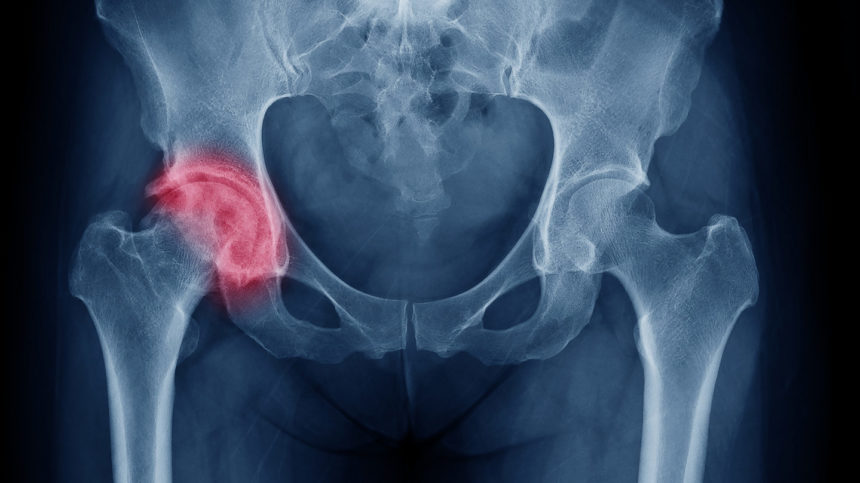
New study findings highlight the potential for misunderstandings in the patient population about osteoporosis risks, which can lead to lack of detection and/or undertreatment, researchers say.
A cohort of 240 postmenopausal women were randomly selected from across a city population in China, and received bone mineral density measurements and a face-to-face questionnaire survey. Over half (52%) were found to have osteoporosis, with prevalence increasing with age.
Fractures, but no screening
About 60% of the women knew something about the bone-weakening disease, while 9% said they had never heard of it. Notably, 65% had not undergone any form of bone mineral density testing, even though 53% had experienced fractures that were mostly attributable to osteoporosis, the researchers reported.
What’s more, most of the study participants had foregone treatment because they did not know they had the disease. And 41% of the women told investigators that they would only accept osteoporosis-related treatment after experiencing pain or other adverse effects.
Knowledge in U.S.
Similarly low knowledge levels have been found in the United States. A 2017 Harris Poll survey for Radius Health found that 82% of 1,000 postmenopausal women did not make the link between bone fractures and osteoporosis.
Osteoporosis has recently become a global public health concern as more policy makers have become aware of its negative effects on quality of life and association with increased mortality risk and healthcare costs, the North American Menopause Society reported.
Overall incidence
Incidence is high. One in 3 women and one in 5 men aged 50 and older will experience a broken bone due to osteoporosis, according to the International Osteoporosis Foundation. Among patients with hip fracture, up to 24% of these patients will die within one year, and 40% of the survivors will lose walking function.
The authors of the current study said their findings showed that many women are only familiar with the disease’s name and lack an understanding about the dangers it poses, as well as the importance of early diagnosis and treatment.
Spreading awareness
“To ensure the prevention and control of osteoporosis, it is crucial to focus on increasing the examination and treatment rates and spreading awareness,” they concluded.
Related articles:
U.S. post-acute care study finds fracture prevention lacking for older women
NAMS updates guidance for managing osteoporosis in older women (2021)
Repeat falls less likely when older adults receive cognitive training, study finds
Hormone therapy strengthens bones, protects against bone loss: study




